Centerless Grinding
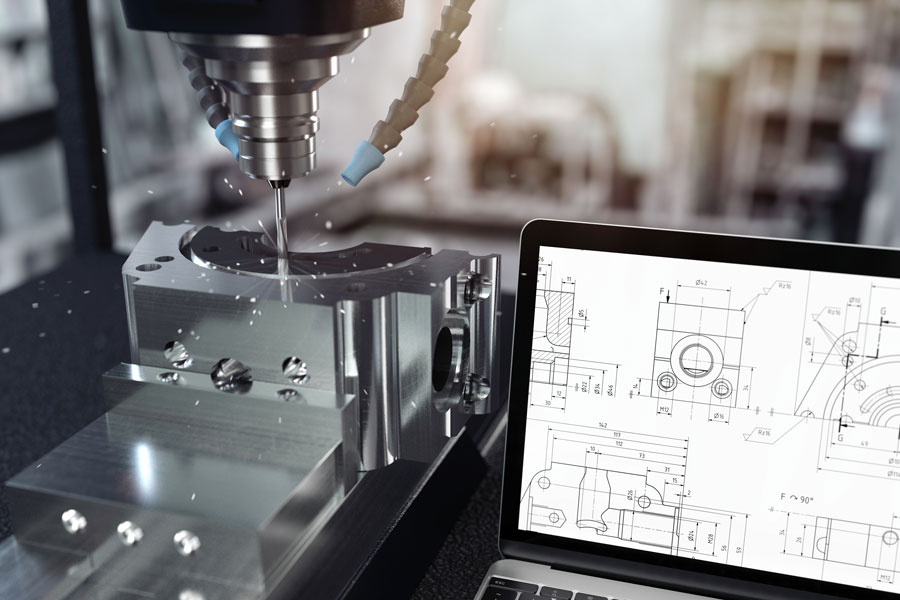
It is generally carried out on a centerless grinder to grind the excircle of the workpiece. During grinding, the workpiece is not centered and supported by the center, but placed between the grinding wheel and the guide wheel, supported by the supporting plate below it, and driven to rotate by the guide wheel. When the axis of the guide wheel and the axis of the grinding wheel are adjusted to an angle of 1 °~6 °, the workpiece can automatically feed along the axis while rotating, which is called through grinding.
Through grinding can only be used for grinding cylindrical surface. When cutting in centerless grinding is adopted, the guide wheel axis and the grinding wheel axis must be adjusted to be parallel to each other, so that the workpiece is supported on the supporting plate without axial movement, and the grinding wheel can continuously cross feed relative to the guide wheel. Cutting in centerless grinding can machine the formed surface. Centerless grinding can also be used for internal grinding.
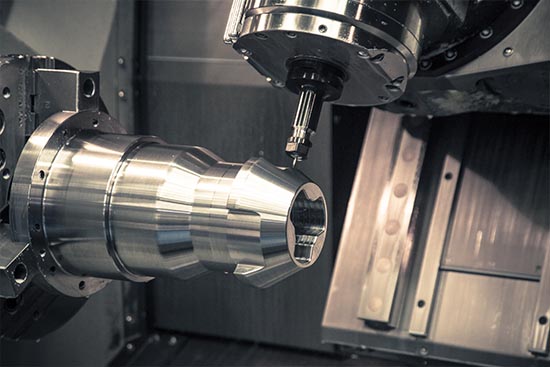
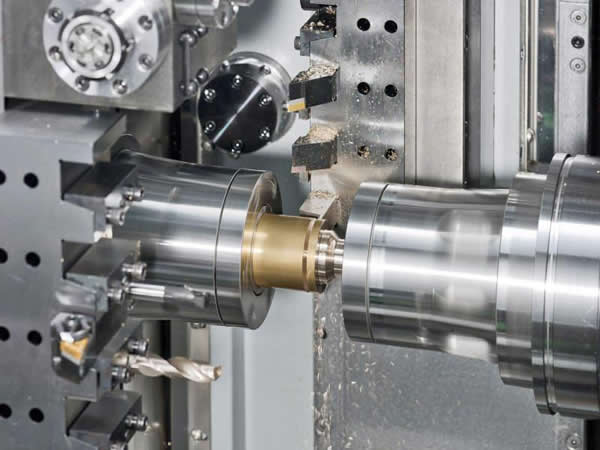
During processing, the outer circle of the workpiece is supported on the roller or bearing block for centering, and the eccentric electromagnetic attraction ring is used to drive the workpiece to rotate. The grinding wheel extends into the hole for pad grinding. At this time, the outer circle is used as the positioning reference to ensure that the inner circle and the outer circle are concentric. Centerless internal grinding is usually used to grind the inner raceway of bearing ring on the special grinding machine for bearing ring.
Processing Characteristics
Compared with other cutting methods, such as turning, milling and planning, grinding has the following characteristics:
(1) The grinding speed is very high, up to 30m~50m per second; The grinding temperature is high, up to 1000 ℃~1500 ℃; The grinding process lasts for a short time, only about one thousandth of a second. My aunt loves the plough.
(2) High machining accuracy and small surface roughness can be obtained by grinding.
(3) Grinding can not only process soft materials, such as unhardened steel, cast iron, etc., but also process hardened steel and other hard materials that can be processed without binding tools, such as porcelain parts, hard alloys, etc.

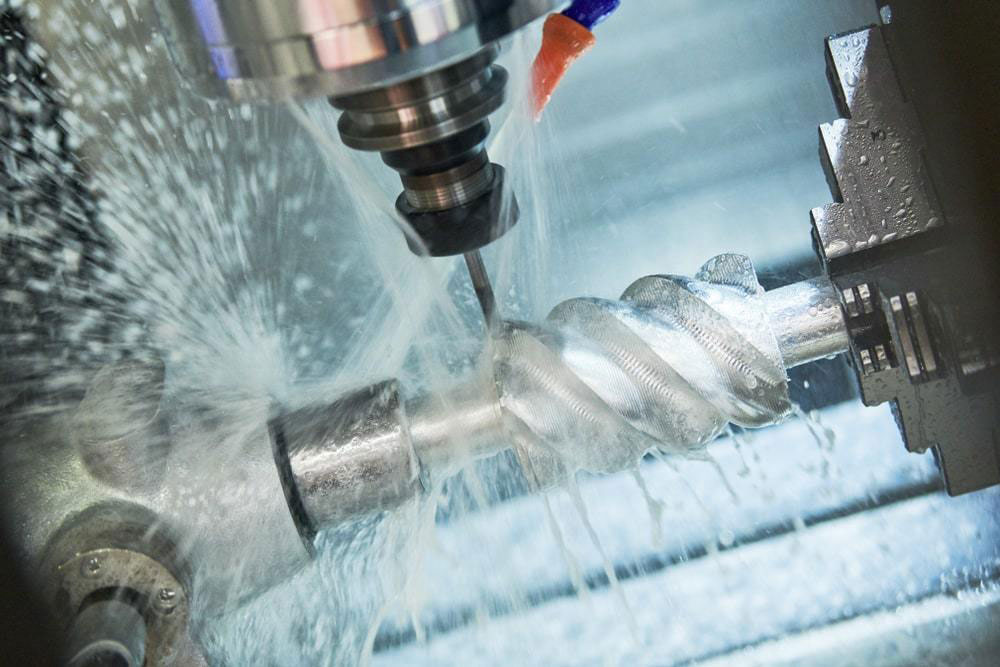
(4) When grinding, the cutting depth is very small, and the metal layer that can be removed in one stroke is very thin.
(5) When grinding, a large number of fine grinding chips fly from the grinding wheel, while a large number of metal chips fly from the workpiece. Wear debris and metal chips will cause harm to the operator's eyes, and dust not inhaled into the lungs will also be harmful to the body.
(6) Due to poor quality, poor storage, improper selection of specifications and models, eccentric installation, or excessive feed speed of the grinding wheel, the grinding wheel may be broken, resulting in serious injuries to workers.
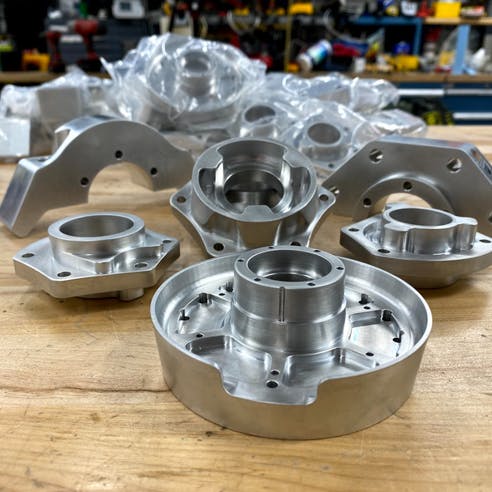
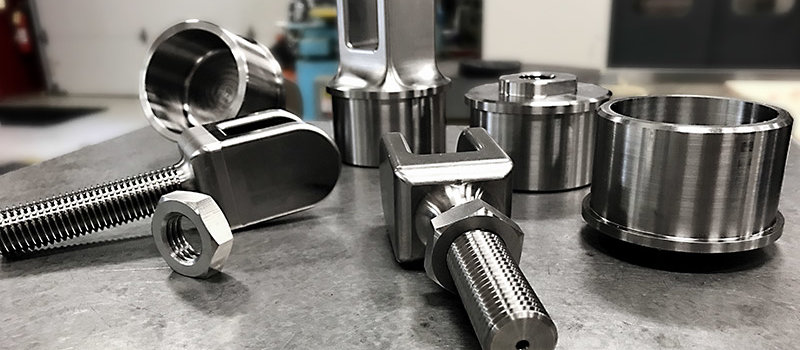
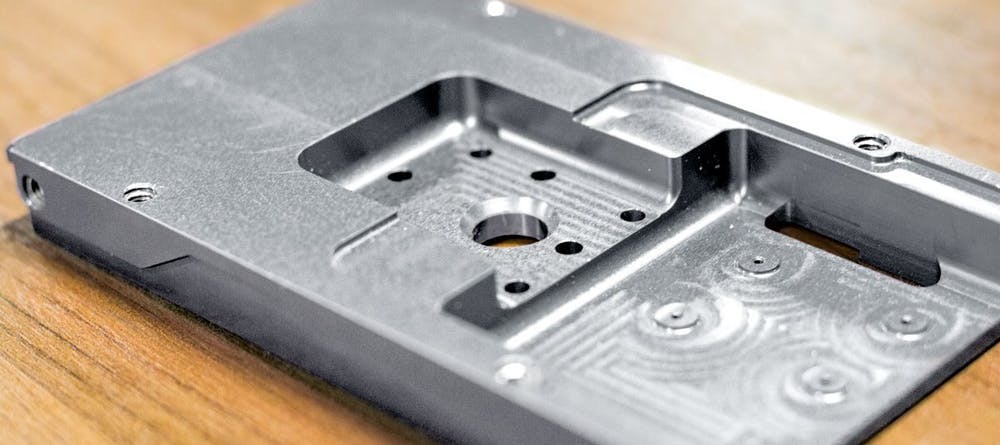
(7) When carrying out manual operations near the rotating grinding wheel, such as grinding tools, cleaning workpieces or incorrect grinding wheel correction methods, workers' hands may touch the grinding wheel or other moving parts of the grinder and be injured.
(8) The maximum noise generated during grinding can reach more than 110dB. If no noise reduction measures are taken, health will also be affected.
Send your message to us:
-
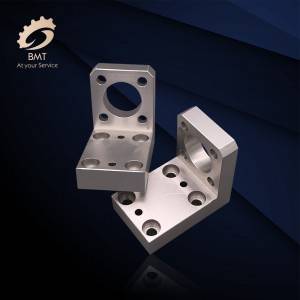
Aluminum CNC Machining Parts
-
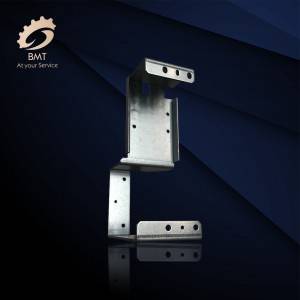
Aluminum Sheet Metal Fabrication
-
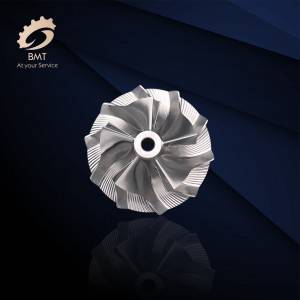
Axis High Precision CNC Machining Parts
-
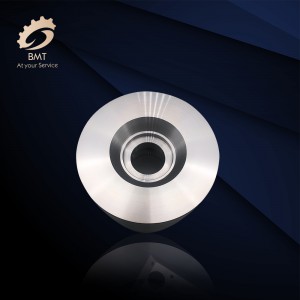
CNC Machined Parts for Italy
-
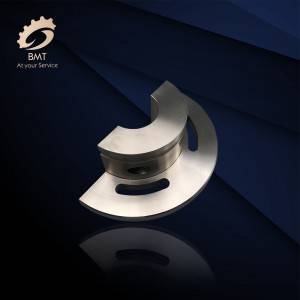
CNC Machining Aluminum Parts
-
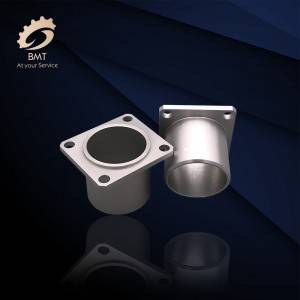
Auto Parts Machining
-
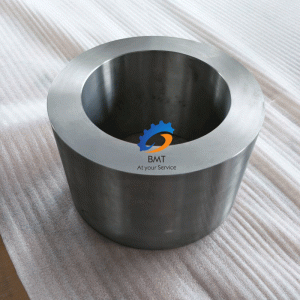
Titanium Alloy Forgings
-
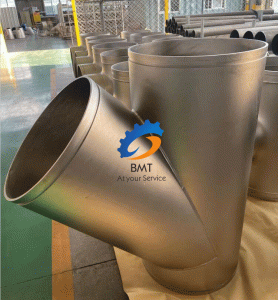
Titanium and Titanium Alloy Fittings
-

Titanium and Titanium Alloy Forgings
-
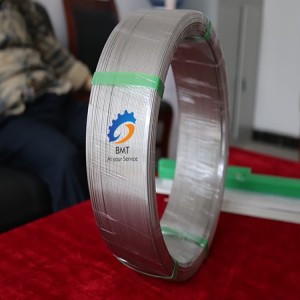
Titanium and Titanium Alloy Wires
-
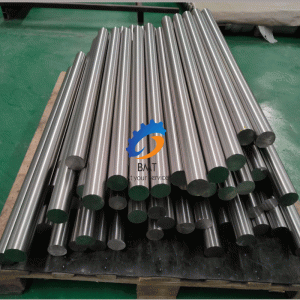
Titanium Bars
-
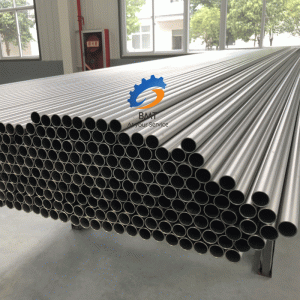
Titanium Seamless Pipes/Tubes
-
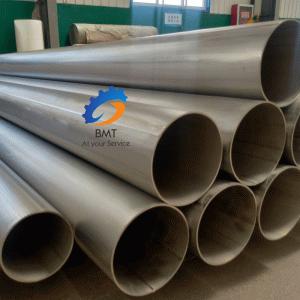
Titanium Welded Pipes/Tubes








